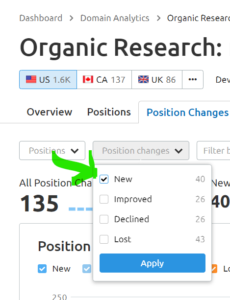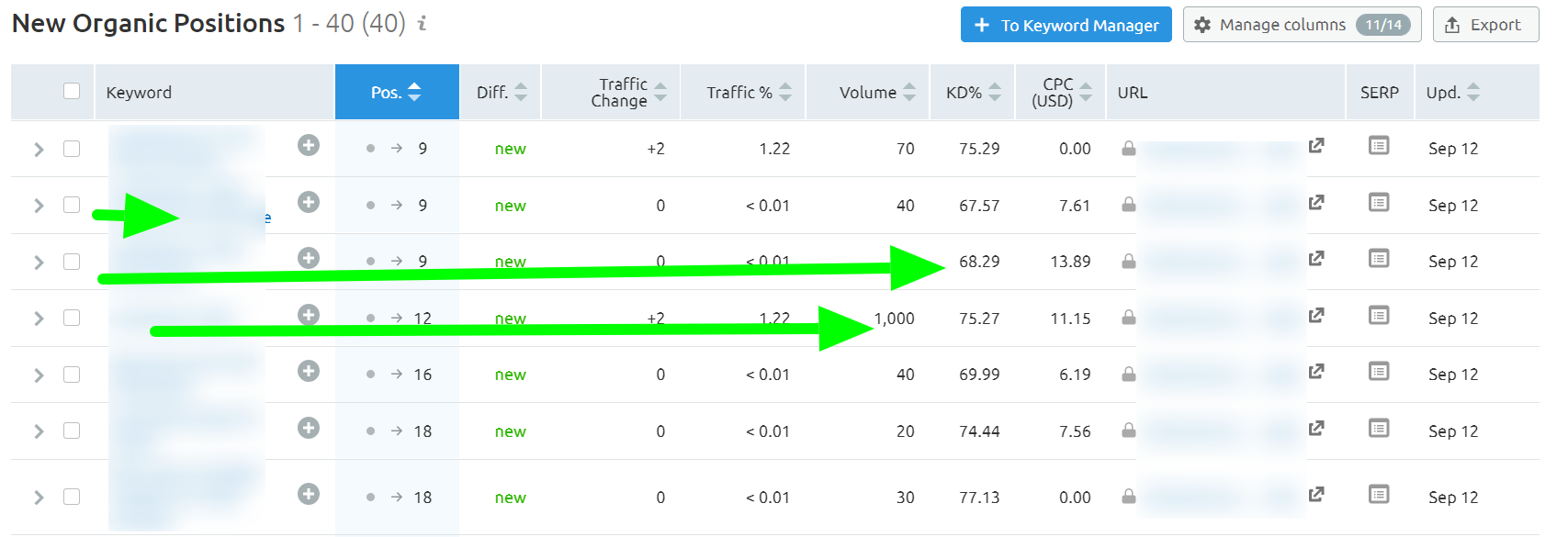Optimizing Dated Blog Content
Perhaps you started a blog years ago and now realize the need for search engine optimization and content strategy. Similarly, marketing peers may come across a client with an existing blog that is not well structured with categories and filled with posts that are not keyword focused. Content can age well but not if it isn’t getting results.
I recently helped a client update a site and take better advantage of dated blog content.
A Mini Case Context
In May of 2020, I began working on a site with blog content dating back to 2010. I evaluated the content and decided to delete about 50 out of an existing 150 posts around early August. In addition to deleting older content, I updated and aligned the homepage and main service pages with keywords.
After the deletion and update, I saw a flux in keyword positions related to remaining pages.

Of the 100 posts left, none were originally designed to target a keyword. Here’s how I began updating the older content.
Evaluate New Keyword Position Changes
I used SEMrush’s Organic Search report and took a look at new position changes.

After the flux and site restructure, I was seeing new opportunities regarding keywords.

Align Page with Best New Opportunity
From there, I evaluated keywords along with volume, difficulty, and related pages.

I go over my process for optimizing a opportunity and a page in thorough detail in my targeting informational intent post, so I will not take-up time explaining my creating/updating process here.
For example, I may take interest in the following:

In the first scenario, the keyword may be very close to the goals of the site, so I’d want to update for that reason. In the second, the keyword difficulty may be easy enough to lightly updated the page to get an even bigger boost. In the third scenario, maybe the keyword volume of 1,000 is too good to pass-up; being the page already ranks at 12 for the term, a little attention could get it on the first page.
So, I took a look at such criteria for terms that were newly hovering between positions 10-20+. Then, I started surveying related pages and choosing scenarios where I thought I would see improvement in ranking.
Results
Here are some results related to improved pages. I identified particular opportunity as indicated above, provided pages with a targeted keyword, and updated.

I think the process works well regarding:
- older content that was never focused from initial creation
- if initial attempts at ranking a page for a keyword were not fruitful or did not get a desired result, calling for a need to “pivot” on the initial keyword and try a related term

Read More Muse:

Leave a Reply
Want to join the discussion?Feel free to contribute!